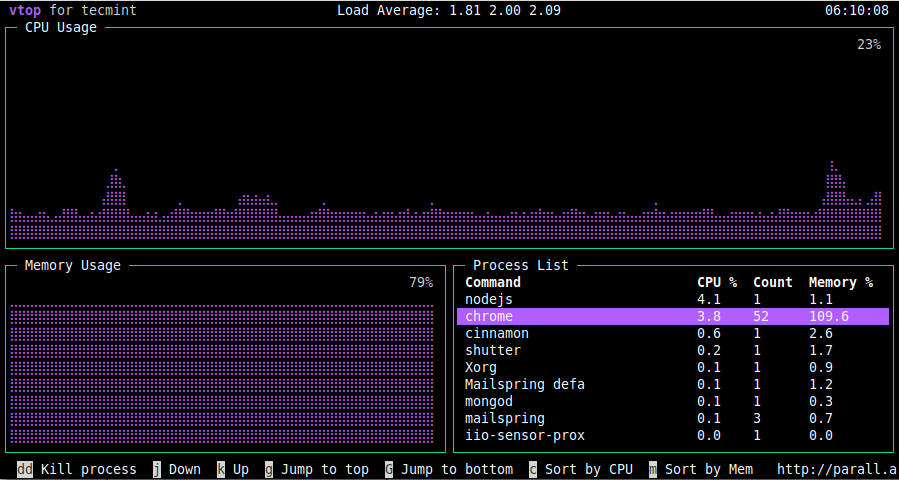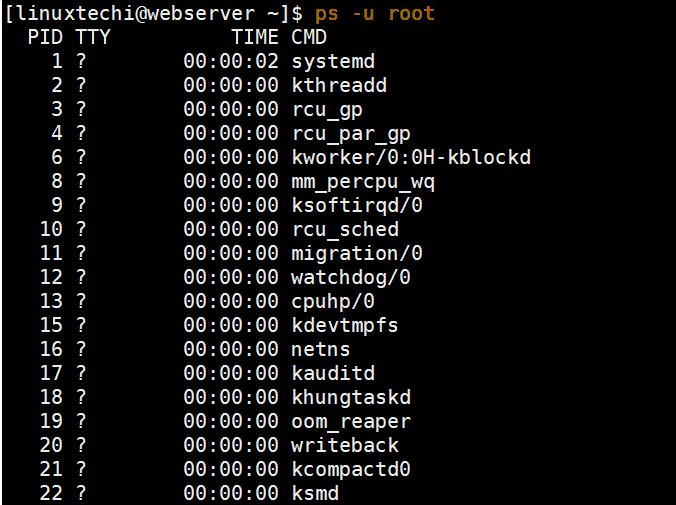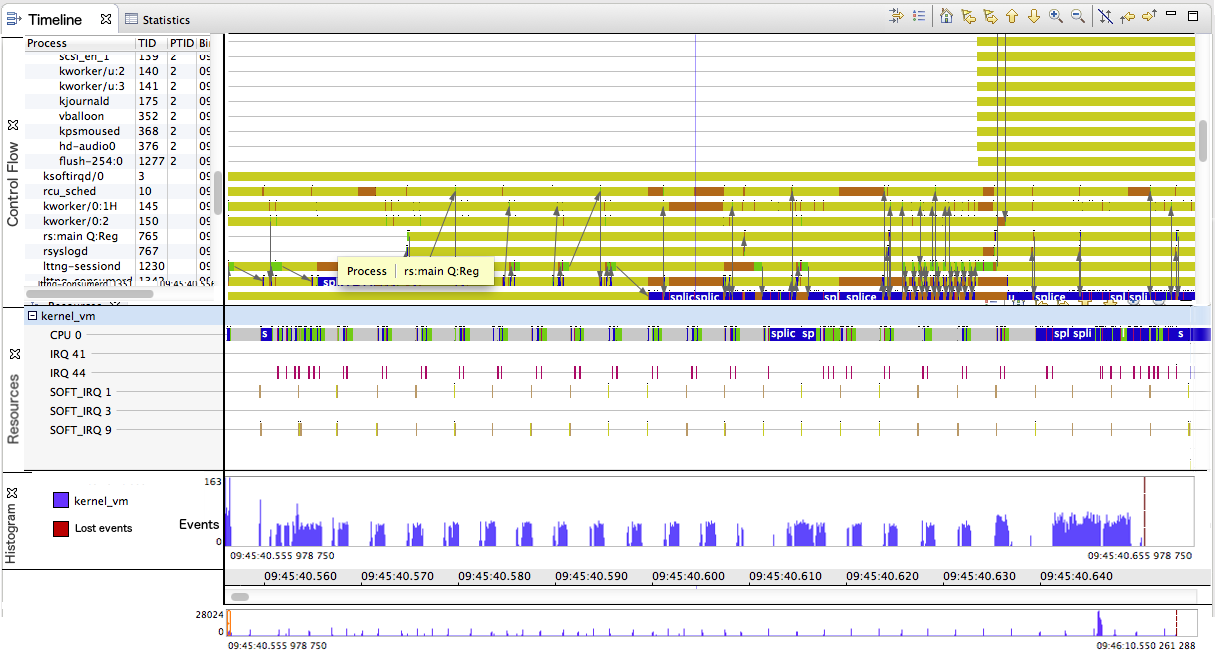

The terminal device ID (tty) is the process’s controlling terminal. With job control, commands can be selectively suspended, resumed and run asynchronously, allowing the shell to return for additional commands while the child process can run.Ī foreground process is a command running in a terminal window.


When the shell prompt redisplays, the parent shell returns. Without job control, a parent shell forks a child process to run a command, sleeping until the child process exits. Jobs and sessions: Job control is a command shell feature allowing a single shell instance to run and manage multiple commands. The output may appear chronological, but this is not guaranteed unless explicitly stated –O, –sort options are used. The display order matches that of the system process table, which reuses table rows as processes die and new ones are created. ps can be displayed in tree format to view parent/child relationships.The man page of top (1) can be referred to for a repetitive updated process display. Processes in brackets (usually at the top) are scheduled kernel threads.Figure 2: The output of ps lax Figure 3: The output of ps-efīy default, ps with no option selects all the processes with the same effective user ID (EUID) as the current user, and is associated with the same terminal where ps was invoked. The output of some commands is shown in Figures 1, 2 and 3. A similar UNIX syntax uses the options –ef to display all processes. A long listing ( options lax) provides more technical details, but may display faster by avoiding the user name lookup. GNU long options, which are preceded by two dashesįor example, ps –aux is not the same as ps aux.Ī common display listing ( options aux) displays all processes, with columns that users will be interested in this includes processes without a controlling terminal.BSD options, which may be grouped and must not be used with a dash.UNIX (POSIX) options, which may be grouped and must be preceded by a dash.Important: The Linux version of ps supports three options/formats, including: The location of process STDOUT known as the controlling terminal.How much memory the process has allocated in various locations.The user identification (UID), which determines process privileges.The command can provide detailed process information including: The ps command is used for listing current processes. The Linux process states are explained in Table 1. Processes are assigned as states, which change with the circumstances. As a process runs, its immediate requirements for CPU time and resource allocation change. In a multi-tasking operating system, each CPU (or CPU core) can work on one process at a single point in time. The parent, which is signalled awake when the child exits, cleans the remaining structure and continues with executing its own program code. On exiting, the child process closes or discards its resources and environment the remainder is referred to as a zombie. Normally, a parent process sleeps while the child process runs, setting a request (wait) to be signalled when the child process completes. A child process may then execute its own program code. Through the for routine, a child process inherits security identities, the previous and current file descriptors, port and resource privileges, environment variables and program code. All processes are descendants of the first system process, which is systemd in the case of the Red Hat Enterprise Linux 7 system. Any process may create its own child process. The PID and parent process (PPID) are elements of a new process environment. Every new process has a unique process ID (PID) for tracking and for security. An existing process duplicates its own address space (fork) to create a new (child) process structure.


 0 kommentar(er)
0 kommentar(er)
